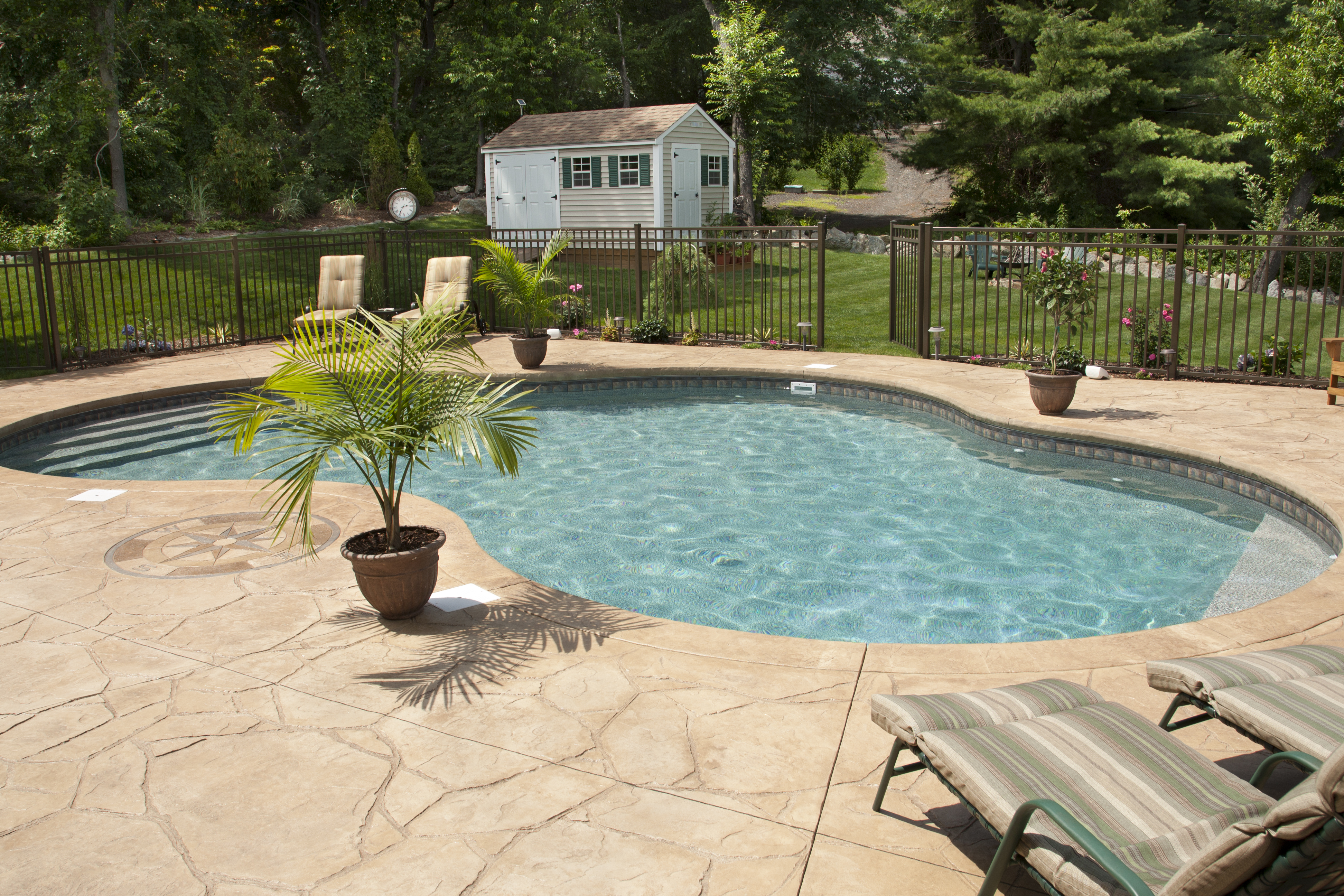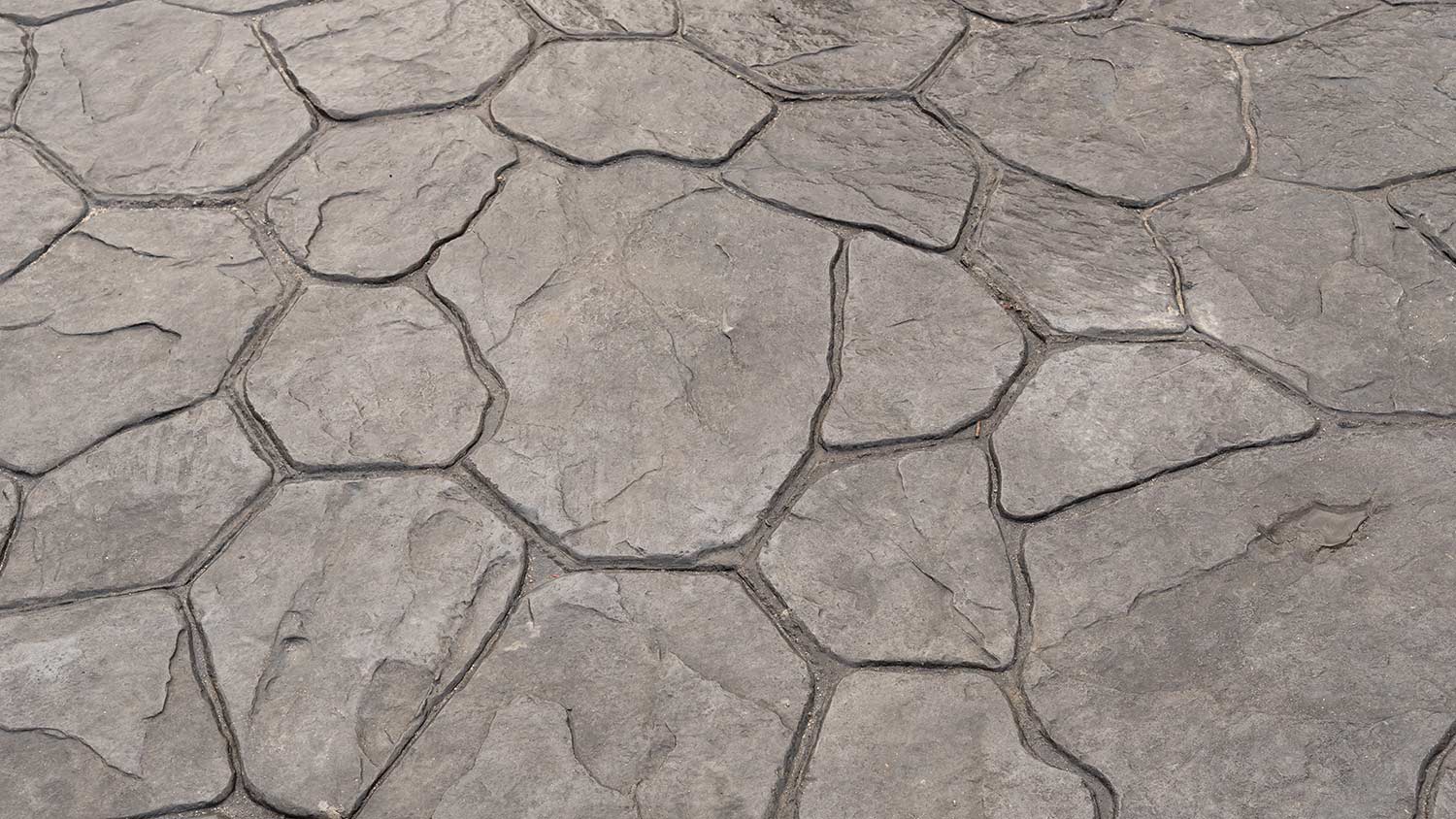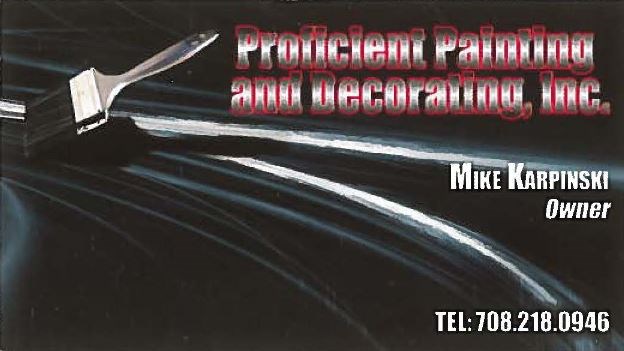
Get matched with top decorative concrete pros in Abingdon, IL
Enter your zip and get matched with up to 5 pros
Need a pro for your decorative concrete service project in Abingdon, IL?
Verified Reviews for Decorative Concrete Service pros in Abingdon, IL
*The Angi rating for Decorative Concrete Service companies in Abingdon, IL is a rating based on verified reviews from our community of homeowners who have used these pros to meet their Decorative Concrete Service needs.
*The HomeAdvisor rating for Decorative Concrete Service companies in Abingdon, IL is a rating based on verified reviews from our community of homeowners who have used these pros to meet their Decorative Concrete Service needs.
Last update on December 15, 2025
Find Decorative concrete pros in Abingdon
Melloneys LLC
Melloneys LLC
Concrete repair , finishing, flatwork
Concrete repair , finishing, flatwork
Hiatt Repair and Maintenance
Hiatt Repair and Maintenance
We are a family owned property maintenance and repair company that specializes in customer satisfaction, residential or commercial.
We are a family owned property maintenance and repair company that specializes in customer satisfaction, residential or commercial.
Bryans concrete
Bryans concrete
Over 27 years of experience.
"The price seemed reasonable. They were timely and on schedule. Work was good. I would hire them again."
Virgil C on March 2018
Over 27 years of experience.
"The price seemed reasonable. They were timely and on schedule. Work was good. I would hire them again."
Virgil C on March 2018
Collins Concrete
Collins Concrete
Residential and commercial concrete contractor, featuring decorative concrete. General contractor of Premier Post Frame Buildings (pole buildings) for agriculture, residential, commercial use.
Residential and commercial concrete contractor, featuring decorative concrete. General contractor of Premier Post Frame Buildings (pole buildings) for agriculture, residential, commercial use.
GC Designs
GC Designs
A landscaping and concrete business
A landscaping and concrete business
Campbell Construction
Campbell Construction
Sub contracting and residential construction
Sub contracting and residential construction
Solo Construction Inc.
Solo Construction Inc.
Specializing in concrete work over 30 years of experience licensed and bonded family owned business.
Specializing in concrete work over 30 years of experience licensed and bonded family owned business.
Mr Landscape Construction & Supply
Mr Landscape Construction & Supply
MR Landscape Construction & Supply affordable quality Free telephone estimates or Design Consultations
MR Landscape Construction & Supply affordable quality Free telephone estimates or Design Consultations
FAQs for decorative concrete service projects in Abingdon, IL
No, stamped concrete is extremely durable and relatively easy to maintain. To keep your stamped concrete clean and help prevent staining, you should sweep any debris off it regularly, like you would with any other hard outdoor surface. You should also plan on resealing the concrete about every four years, which is about the same timeline you’d expect from pavers and natural stones.
The average cost of stamped concrete is around $12 per square foot, but you might pay anywhere from $8 to $28 per square foot. The average 12-foot by 12-foot patio costs $1,730 on average. Your exact pricing will depend on the patio’s square footage, the condition of the area where you want to pour the concrete, the desired stamp pattern, concrete coloring, concrete grade, and local labor prices. Don’t forget to budget for extra costs like land preparation and additional concrete fortifications if necessary.
Adding a stamped concrete patio is an affordable way to bring some elegance into your backyard entertaining area, which could add to your home’s value. Provided your stamped concrete patio is installed by a local stamped concrete professional, the patio should last for 40 years or more, and prospective buyers will likely recognize value in that longevity. Keep in mind that permanent patios like concrete slabs will likely raise property taxes, but the added value is usually well worth the investment.
Many concrete companies that handle installing concrete slabs or standard concrete patios can also install stamped concrete, but you can also hire a company that specializes in stamped concrete. These textured concrete surfaces take some finesse to get right, and choosing a company that concentrates on stamped concrete patios and walkways is a good way to ensure the finished product looks top-notch. Additionally, specialists in stamped concrete will likely have more texture options that suit your preferences, like riverstone, sandstone, yorkstone, and cobblestone.
It’s possible to create stamped concrete yourself, but we don’t recommend it and it’s often not cost-effective. It’s easy to mess up the pattern of a stamped concrete patio or walkway, leaving you with an unsightly home exterior rather than the elegant solution you wanted. Any mistakes made during the ground leveling and concrete pouring process will also increase the risk of cracks forming on your concrete. Additionally, buying enough stamps to get the pattern in before your concrete cures can cost as much as hiring a professional to do the work for you.
The Abingdon, IL homeowners’ guide to decorative concrete services
From average costs to expert advice, get all the answers you need to get your job done.
 •
•Discover stamped concrete wall cost estimates, including average prices, key cost factors, and tips to help you budget your project with confidence.
 •
•Discover stamped concrete cost. Learn about installation prices, cost factors, and how to save on your stamped concrete project.

Get the stylish look of pavers without the cost. Here's how to stamp concrete and tips for when it's best left to the pros.

Here’s what you need to know about stamped concrete overlays, including pros and cons, what they cost, and how they can give your concrete new life.

Stamped concrete maintenance takes a bit more delicacy than other surfaces. Here are seven ways to keep stamped concrete surfaces looking sharp.

Brushing and stamping are two common concrete finishes. Learn what sets brushed and stamped concrete apart and how to choose between them.
- Knoxville, IL Decorative concrete pros
- Avon, IL Decorative concrete pros
- Galesburg, IL Decorative concrete pros
- Monmouth, IL Decorative concrete pros
- Roseville, IL Decorative concrete pros
- Farmington, IL Decorative concrete pros
- Dahinda, IL Decorative concrete pros
- Bushnell, IL Decorative concrete pros
- Yates City, IL Decorative concrete pros
- Alexis, IL Decorative concrete pros
- Oneida, IL Decorative concrete pros
- Elmwood, IL Decorative concrete pros
- Cuba, IL Decorative concrete pros
- Altona, IL Decorative concrete pros
- Blandinsville, IL Decorative concrete pros
- Woodhull, IL Decorative concrete pros
- Stronghurst, IL Decorative concrete pros
- Alpha, IL Decorative concrete pros
- Oquawka, IL Decorative concrete pros
- New Windsor, IL Decorative concrete pros
- Macomb, IL Decorative concrete pros
- Brimfield, IL Decorative concrete pros
- Viola, IL Decorative concrete pros
- Galva, IL Decorative concrete pros
- Canton, IL Decorative concrete pros
- Hanna City, IL Decorative concrete pros
- Aledo, IL Decorative concrete pros
- Colchester, IL Decorative concrete pros
- La Harpe, IL Decorative concrete pros
- Princeville, IL Decorative concrete pros





